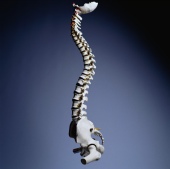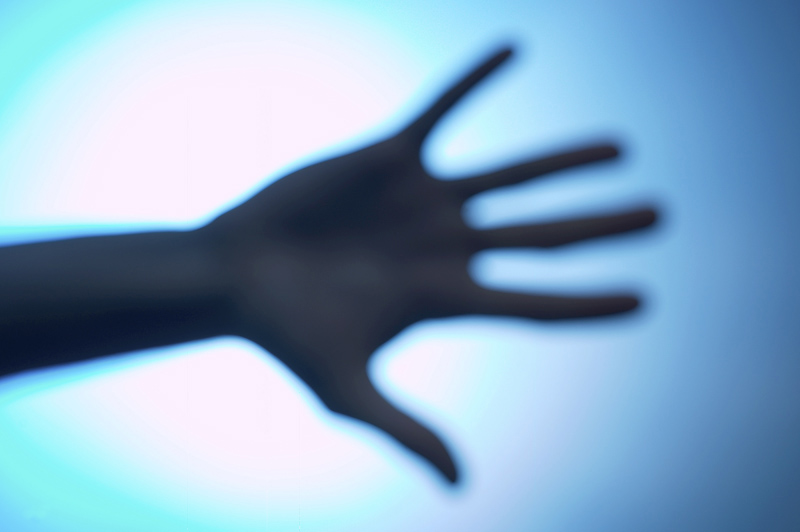
THURSDAY, April 19 (HealthDay News) — Magnetically controlled growing rods can treat the spinal disorder scoliosis in children without the need for repeat invasive surgeries, a small new study suggests.
Scoliosis is an abnormal curving of the spine that occurs mainly in young children and adolescents. Traditional treatment for children who are still growing is surgical insertion of growing rods. Every six months, however, a new surgery is required to lengthen the rods.
These repeated surgeries are costly and force children to miss school and parents to miss work.
In the study, researchers assessed the use of magnetically controlled growing rods that were implanted in two patients. The key advantage: Surgery is not required to lengthen these rods.
After 24 months of follow up, the rods were effective and there were no complications, the researchers reported online April 17 in The Lancet. Furthermore, the patients had no pain and typically were satisfied with the procedure.
The new rods “will eliminate the need for repeated operations under general anesthesia, wound complications, and socioeconomic and health-care costs associated with the procedure,” a team led by Kenneth Cheung and Dr. Dino Samartzis, from the department of orthopedics and traumatology at the University of Hong Kong, said in a news release. “The preliminary results from the first two patients to undergo the treatment for a minimum of 24 months suggest that this noninvasive outpatient procedure is effective and safe.”
Still, the long-term effectiveness remains unclear, the researchers added. “Whether [the new technology] leads to significantly better outcomes than traditional growing rods is not yet known, but early results are positive and the avoidance of open distractions is a great improvement,” they said.
One expert is optimistic about the new rods, but said more study is needed.
“This is exciting new technology, which has the potential of eliminating additional surgical procedures in children with scoliosis,” said Dr. Victor Khabie, co-director of the Orthopedic and Spine Institute at Northern Westchester Hospital in Mount Kisco, N.Y.
He added, however, that “the downside is that with every new technology potential complications can occur. The sample size is very small with just two patients being followed two years after surgery.
“Many more patients will need to be enrolled in the trial and followed for many years before we can say this new technology is safe and effective,” Khabie said. “However, the very early findings are encouraging.”
And in a journal editorial, two experts noted that magnetically controlled rods are not yet approved for use in the United States.
“If this technology was available in the U.S., we believe that it would be rapidly used to avoid repetitive surgeries and improve quality of life for children with spinal deformity,” wrote Dr. John Smith, of the University of Utah School of Medicine, and Dr. Robert Campbell Jr., of the Children’s Hospital of Philadelphia.
The two experts said they, “strongly encourage Cheung and colleagues to continue to report their results — both positive outcomes and adverse events. We are hopeful that further development of the technology will make this treatment increasingly available to children worldwide.”
More information
The American Academy of Orthopaedic Surgeons has more about scoliosis.

